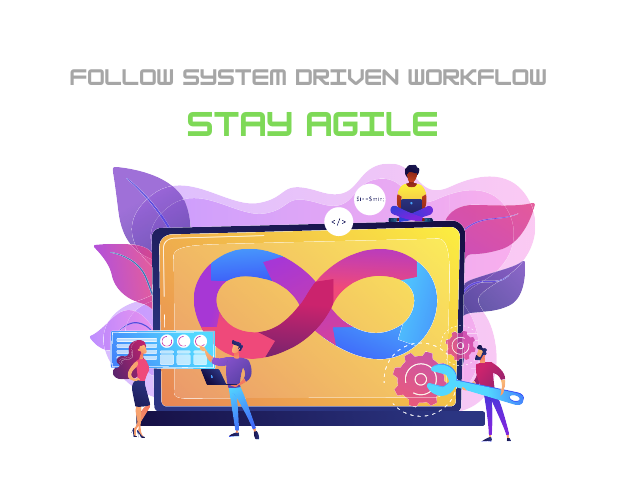Dev-Ops-Sec the complete
trusted service
By leveraging automation in the DevOps process, organizations can improve the speed, quality, and reliability of their software development and operations. However, it's important to implement automation in a responsible and secure manner, as automation can also increase the risk of security breaches and other issues if not properly managed.
